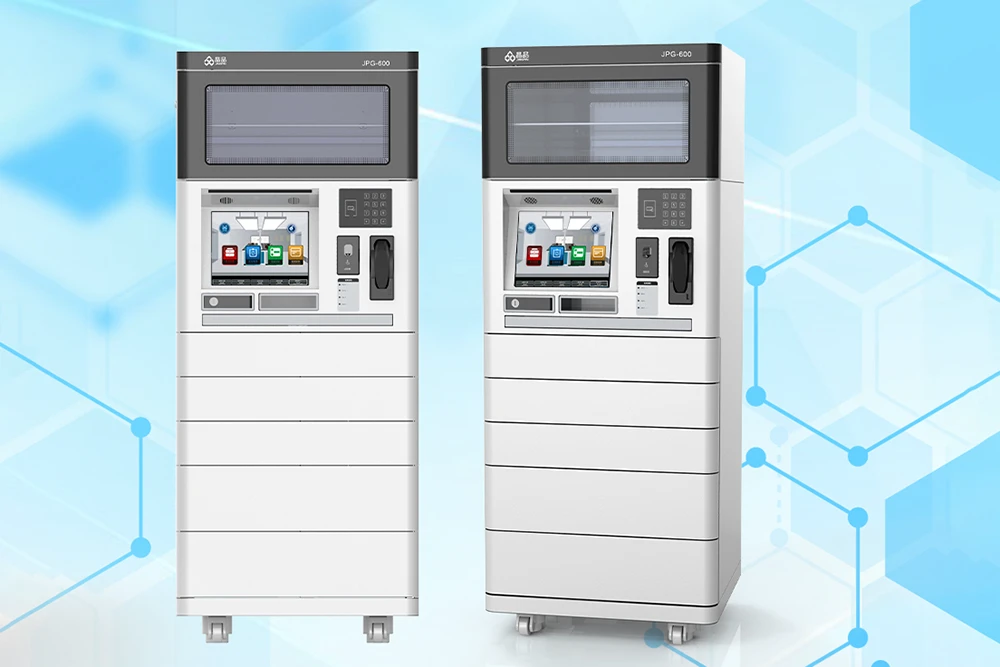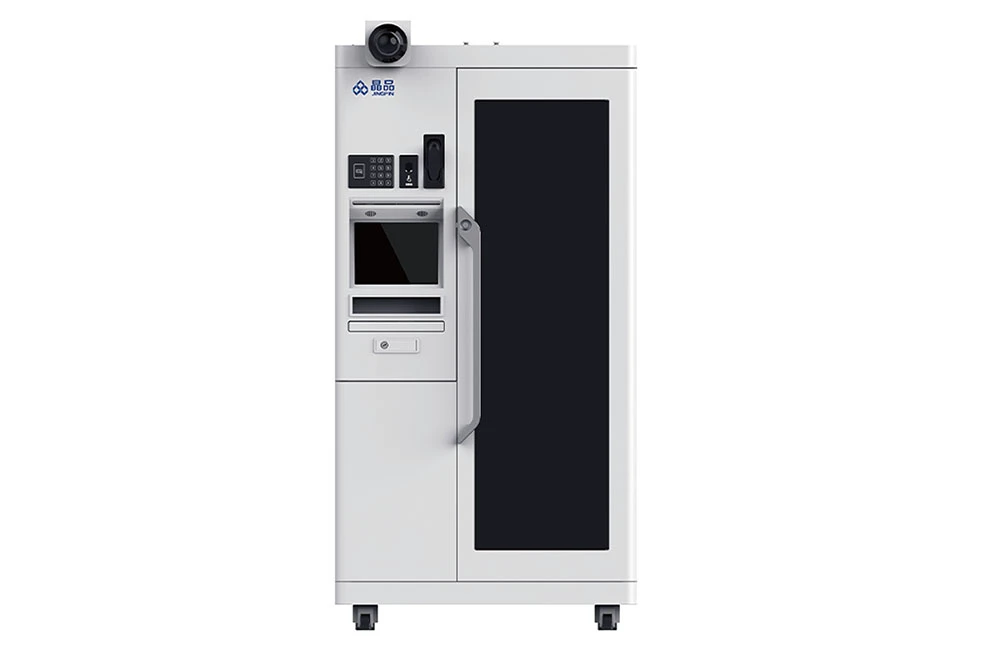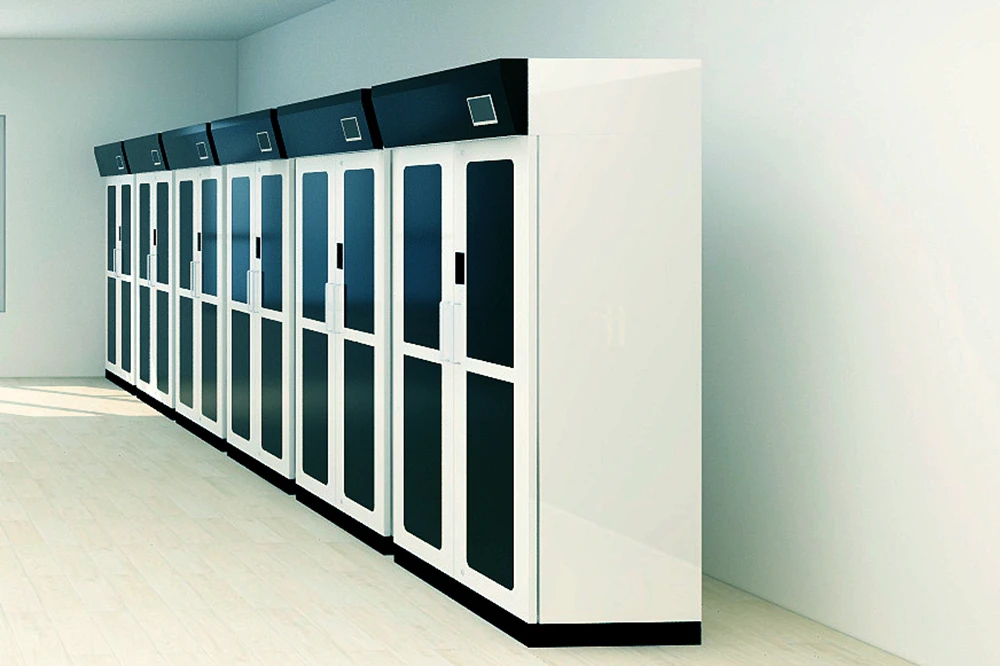The classification of reagents stored in reagent cabinets can be carried out from multiple perspectives, and the following are some common classification methods:
Classification by properties of reagents:
Acid, base, organic solvent, oxidant, reducing agent, etc. This classification helps to better separate chemical reactions and prevent accidents.
Biochemical reagents: biological materials or organic compounds related to life science research, as well as reagents for clinical diagnosis and medical research.
Instrumental analysis reagents: Reagents used in the process of sample analysis using special instruments.
Inorganic reagent: Chemical reagent composed of inorganic compounds, mainly used in inorganic synthesis, crystal preparation, analytical chemistry, inorganic materials and other fields.
By frequency and importance:
Place frequently used or important reagents in a position that is easy to reach, so that the experimenter can quickly obtain and use them, reduce the use time of reagents, and improve work efficiency.
Classification by sensitivity:
For sensitive reagents that are very susceptible to moisture, they need to be stored in a dry place to avoid moisture damage.
Classification by material:
Steel reagent cabinet: the exterior paint has corrosion resistance, suitable for storing chemical reagents, manufacturing reagent liquid chemical laboratory.
Wood reagent cabinet: Wood material is flexible and suitable for medical laboratories, but the storage function of chemical reagents is low.
Plastic reagent cabinet: Generally used in light laboratories, the use of cost-effective, suitable for some small laboratories or beginners.
Classification by structure:
Double-door reagent cabinet: with two doors, the two doors should be opened at the same time when using, the placement position is flexible, and the installation is convenient.
Multilayer reagent cabinet: composed of multiple layers of different sizes and heights, it can store and place chemical reagents and experimental equipment respectively.

Reagent drawer: easy to pick up and store a large number of small experimental reagents.
Proper Care, Storage and Shelf Life of Reagents
Reagents that are stored properly maintain have a much longer shelf life and maintain their maximum effectiveness than those that are improperly stored. This includes all reagents including liquids, powders, crystals, tablets and test-strips.
Reagents should not be stored in moist or damp areas and should be kept dry and moisture free at all times. Powders, crystals and acids are very stable and have an excellent shelf life if kept dry and aren’t exposed to sunlight.
The date of manufacture is not the controlling factor when it comes to reagent shelf life; the storage conditions are much more important. As with all perishables, reagents are sensitive to environmental influences and will last longer under controlled conditions.
Care for Reagents
Storing reagents at a consistent temperature in the range of 36°–85°F (2°–29°C). Dramatic temperature fluctuations, such as being stored near a refrigerator or in the trunk of a hot car, causes reagents to rapidly deteriorate.
Avoid exposing reagents to prolonged direct sunlight. Most manufacturers use plastic bottles to help protect light sensitive reagents for this very reason, but prolonged overexposure to direct sunlight will quickly deteriorate any reagents effectiveness.
Keep reagents separate from other non-reagent water treatment chemicals.
Replacing reagent caps immediately after use and tighten them carefully to limit their exposure to air and humidity.
Don’t switch reagent bottle caps. Placing bottle caps on soiled surfaces, re-pouring reagents into possibly contaminated containers and touching test strip pads can easily contaminate reagents.




